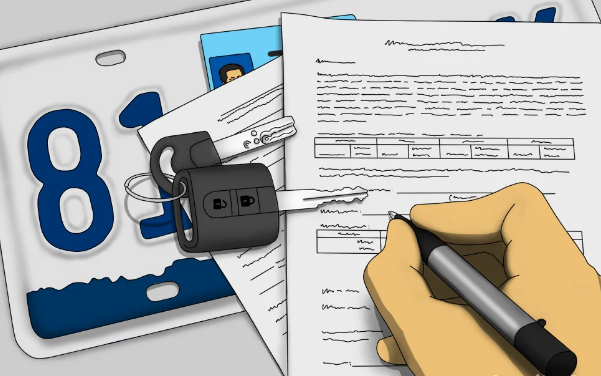Learn how to register foreign car Kenya in 2025 with NTSA rules, required documents, fees, inspection, and timelines for seamless compliance.
How to Register Foreign Car Kenya in 2025: Step-by-Step Guide with NTSA Requirements
Importing a used car into Kenya brings new responsibilities. To legally drive, you must register foreign car Kenya through the National Transport and Safety Authority (NTSA). This guide outlines each step and requirement to ensure smooth process and legal compliance.
Step 1: Customs Clearance and Import Duty
The first essential step is clearing the vehicle through the Kenya Revenue Authority (KRA):
Pay import duty, excise duty, VAT, and relevant levies based on CIF value.
Provide original purchase invoice, shipping documents, logbook, and compliance with age and emission limits.
Once clearance is granted, you’ll receive a KRA release note, which is needed to register foreign car Kenya at NTSA.
Step 2: NTSA Inspection and Compliance
After customs clearance, the vehicle must be inspected at an NTSA-certified inspection center:
Verification of VIN, chassis, engine numbers.
Emissions and roadworthiness checks following current standards.
Confirmation that the car rolls on approved Kenyan or EAC specification tyres.
Upon passing, the center issues an inspection certificate—a mandatory document when you register foreign car Kenya.
Step 3: Submission of Registration Documents
At NTSA county offices or Huduma Centers, submit:
Customs release note
Inspection certificate
Application for Certificate of Conformity
ID or passport and KRA PIN
Road safety audit form (if required for high-displacement vehicles)
Proof of insurance and payment of road license fees
These documents provide the basis for your register foreign car Kenya application.
Step 4: Pay Registration and Licensing Fees
Your total cost includes:
Application fee for Certificate of Conformity
New registration fee
Vehicle license fee (varies by engine capacity)
Personalized or standard plate cost
Payment can be made via mobile money or on-site. Ensure you obtain evidence of payment before finalizing other steps.
Step 5: Issuance of Number Plates and Logbook
Once processing is completed:
You’ll receive new clay-colored number plates (7 characters for most vehicles).
A logbook (logcard) showing vehicle details and registered owner is issued—this is legal proof of registration.
This completes the process to register foreign car Kenya, allowing legal road use.
Step 6: Annual Renewal and Compliance
Each year, you must renew your road license by paying applicable fees and providing proof of insurance. After three years, or upon change of ownership, the vehicle must undergo re-inspection before renewal. Consistent compliance ensures your register foreign car Kenya remains valid.
Tips and Best Practices
Check age and emission limits first to ensure eligibility for register foreign car Kenya.
Pre-book NTSA inspection appointments, especially during peak months.
Source an accredited clearing agent to handle customs and documentation effectively.
Keep digital copies of all submitted documents to simplify renewals or inspections.
Consult the new NTSA portal, which offers online status tracking and plate booking.
For regular updates and detailed instructions on vehicle import policies and registration procedures in Kenya, visit AutoMag Kenya.
Have you recently tried to register foreign car Kenya? Share your experience or ask questions below—your insights could help fellow importers navigate 2025 requirements!




